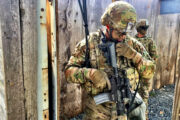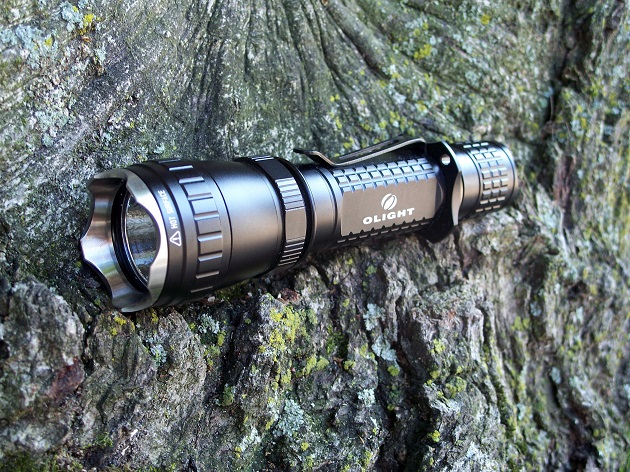
You’ll have a hard time finding someone who won’t need a flashlight or torch at one point or another in their life. Everyone from emergency services to hunters and military, search and rescue teams or even people walking their dog at night can benefit from having appropriate illumination when navigating trails or streets. There are various different torches for all of these applications, so choosing the right one for you will take some thoughtful consideration. You don’t need a military-grade flashlight if you’re walking your dog, and you can’t use just any flashlight on a search and rescue mission. With that said, here are some of the things you need to pay attention to when shopping for a torch.
Budget
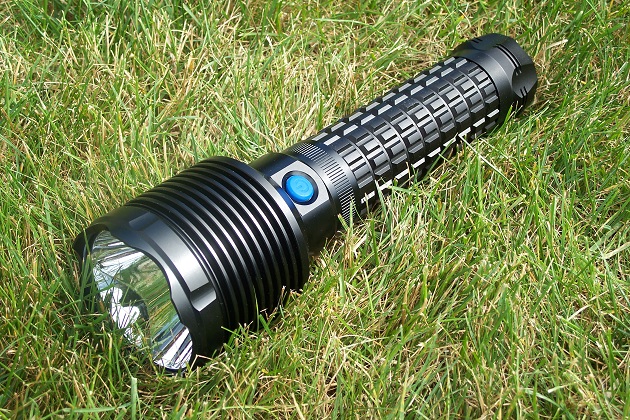
Everyone buying a flashlight should set up a budget for themselves, so they can narrow down their choices. With flashlights, the more you pay, the more you get. If you want a decent tactical high beam torch, you should expect to spend at least $100. This way you are most likely to get a quality flashlight with most of the key specs that tactical flashlights come with. You can get something cheaper if you’d like, but it will probably be something like a keyring or an EDC flashlight that isn’t too powerful and feature-packed.
Size
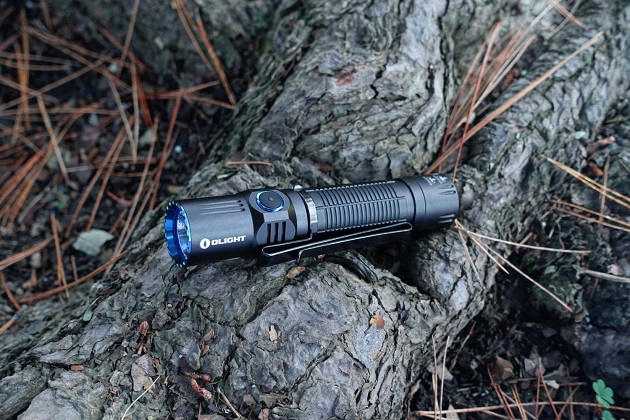
The ideal size of a torch for you will depend on what you intend on doing with it. If it’s an EDC flashlight, you’ll need something that won’t get in the way. Finding a balance between power and size for your needs is essential. Smaller flashlights (10-12cm) aren’t very powerful as they can’t accommodate more than one battery. They are ideal for non-specific purposes. Medium flashlights can be anywhere between 12 and 16cm. Most models have two batteries, providing a more powerful output. Large torches are more powerful, but their size can make them inconvenient to carry around for extended time periods. However, these torches are usually feature-packed and suitable for a wide range of uses.
Batteries
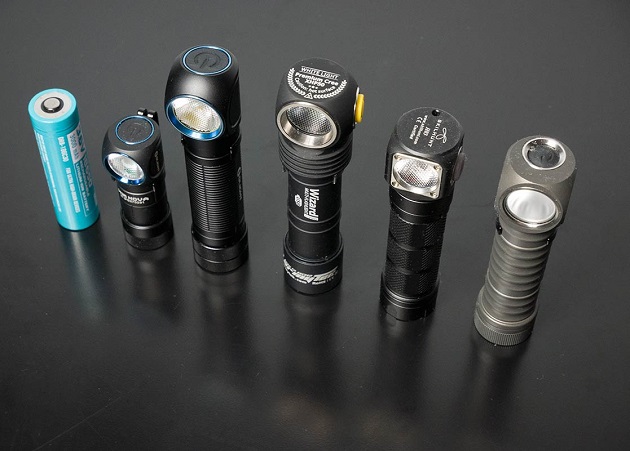
The type of batteries the torch runs on will impact how long it can illuminate, and how powerful its output will be. Some batteries provide more power and are longer-lasting, whereas others are more readily available. Disposable alkaline are the standard batteries. Although affordable and available almost anywhere, they don’t offer as much power as other types of batteries. If your torch needs alkaline batteries to run, consider getting extra ones so that you don’t end up powerless in the middle of nowhere. Disposable lithium batteries are another option, and they’re basically the same as their alkaline counterparts, except for the fact that they provide greater power. They have a shelf life of about 10 years, so they’re a popular option among survivalists, bushcrafters and preppers. Then, there are rechargeable Li-ion batteries, which are the most powerful out of all options. They provide a great amount of power and the fact that they’re rechargeable means they provide long-term value. Their only downside is that they’re more expensive to buy, and you’ll need a charger to recharge them.
Lighting Output
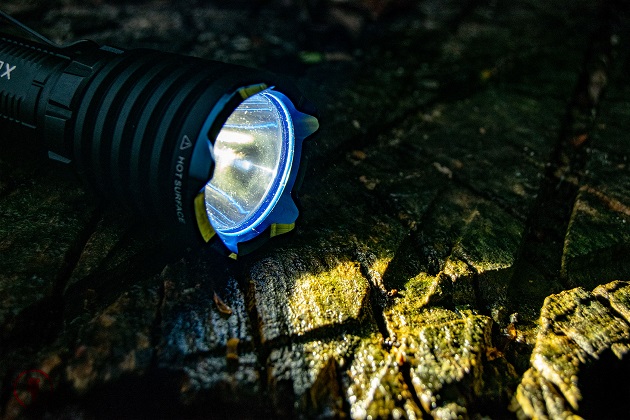
The lighting output can be calculated in a few different ways. Most people mainly look at the amount of Lumens the torch provides, and while that’s arguably the best way to gauge how powerful a torch is, the beam distance and temperature also matter. Beam distance is how far your torch can illuminate. A high beam torch will illuminate further away from you, which is what some people prefer. On the other hand, the beam can be low but wide so you can illuminate the immediate area around you. The temperature represents the colour of light the torch outputs. There are three types of colours. Warm white, which is at the low end of the Kelvin spectrum (around 2500-3500K), neutral white, which is in the middle of the spectrum (around 3500-5000K), and cool white, which is at the high end of the spectrum (more than 5000K).
Durability
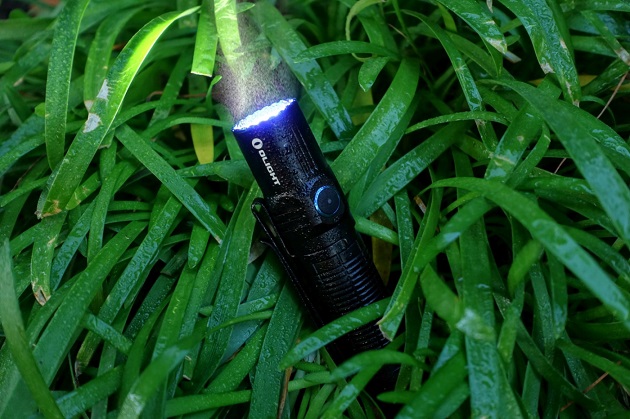
The materials the torch is made of will directly impact its durability. Some materials are stronger but heavier, while others aren’t as strong but are lightweight. Plastics or composites should be avoided, as they can easily break. Anodised aluminium is the most popular material used for making quality torches. Type II anodising is the standard, but you can get type III which is even more durable. Stainless steel is also used, but torches made from stainless steel are heavy. Titanium is as strong as stainless steel, but not as heavy.
Further, the torch should be waterproof. Torches are rated with an IPX scale from 4 to 8, with 4 being splash resistant, and 8 being completely waterproof. An IPX8 rated flashlight can be submerged underwater for 4 hours in a 1-metre depth.


